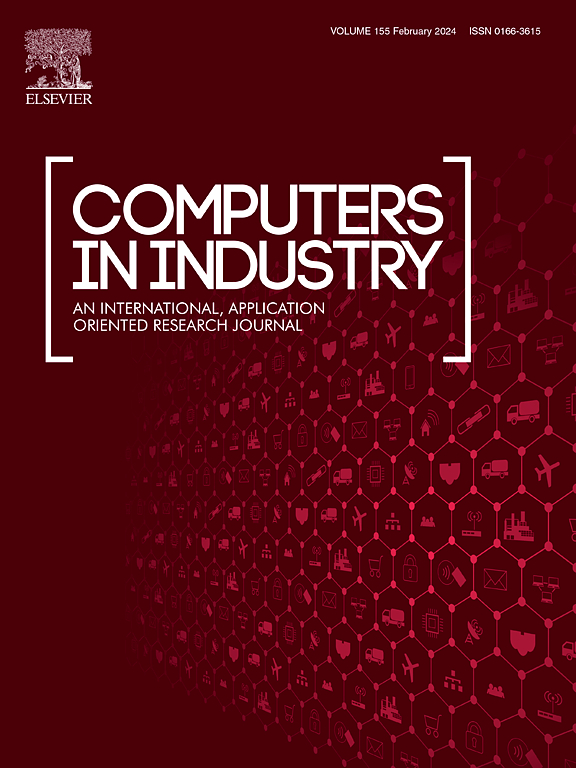有限机载信号采集条件下飞机刹车控制阀故障诊断的增强跨域信号和物理解释
IF 9.1
1区 计算机科学
Q1 COMPUTER SCIENCE, INTERDISCIPLINARY APPLICATIONS
引用次数: 0
摘要
商用飞机的传感器数据收集面临着数据集不完整、传感器重要性评估困难、无法检测异常时间点等挑战,从而导致制动控制阀故障类别模糊等问题。为了解决这些问题,提出了一种新的建模框架,通过高维映射提高故障模式的可分辨性。该框架使用变分自编码器进行训练,结合重构误差和潜在空间相似度。它分两轮训练低维传感器数据,逐步逼近目标域,合成高维样本,增强跨域特征表示。此外,双向长短期记忆中的时间自适应权重分配机制突出了关键信号,而多头空间注意机制则减少了无关信号。实验结果表明,基于机载传感器数据的制动控制阀故障诊断方法在准确率、精密度、召回率和f1分数方面均达到了96% %以上,比六种经典网络模型的最佳性能高出约5 %。本文章由计算机程序翻译,如有差异,请以英文原文为准。
Enhanced cross-domain signal and physics-based interpretation for fault diagnosis of aircraft brake control valve under limited onboard signal acquisition
Sensor data collection from commercial aircraft faces challenges such as incomplete datasets, difficulty in assessing sensor significance, and inability to detect anomalous time points, leading to issues like ambiguous brake control valve faults categories. To address these, a new modeling framework is proposed to improve fault mode distinguishability through high-dimensional mapping. This framework uses Variational Autoencoders for training, combining reconstruction error and latent space similarity. It trains low-dimensional sensor data in two rounds, gradually approximating the target domain and synthesizing high-dimensional samples, enhancing cross-domain feature representation. Additionally, a time-adaptive weight allocation mechanism in a Bidirectional Long Short-Term Memory highlights critical signals, while a multi-head spatial attention mechanism reduces irrelevant signals. Experimental results show that the proposed fault diagnosis approach for brake control valves, utilizing aircraft onboard sensor data, achieves over 96 % in accuracy, precision, recall, and F1-score, outperforming the best performance of six classical network models by approximately 5 %.
求助全文
通过发布文献求助,成功后即可免费获取论文全文。
去求助
来源期刊

Computers in Industry
工程技术-计算机:跨学科应用
CiteScore
18.90
自引率
8.00%
发文量
152
审稿时长
22 days
期刊介绍:
The objective of Computers in Industry is to present original, high-quality, application-oriented research papers that:
• Illuminate emerging trends and possibilities in the utilization of Information and Communication Technology in industry;
• Establish connections or integrations across various technology domains within the expansive realm of computer applications for industry;
• Foster connections or integrations across diverse application areas of ICT in industry.
 求助内容:
求助内容: 应助结果提醒方式:
应助结果提醒方式:


